According to information from the Vietnam Association of Seafood Exporters and Producers (VASEP), in August, Vietnam's tuna exports increased by 1.4% over the same period, reaching more than 91 million USD. However, in the past 8 months, Vietnam's exports of this item only reached nearly 633 million USD, down 2.3% over the same period.
Currently, tuna exports to the US still account for the largest proportion. VASEP said that last month, exports to this market still decreased, but the rate of decline has slowed down, reaching 29 million USD, down nearly 21% compared to the same period last year.
The Vietnam Tuna Industry Assessment Association assesses that the Vietnamese tuna industry is under great pressure due to the new tax policy, causing business orders to stagnate. Compared to competitors such as Ecuador (tax only 15%) or Indonesia and the Philippines (19%), Vietnamese tuna is gradually losing its advantage with a corresponding tax rate of 20%. Currently, the total tax that Vietnamese canned tuna has to pay when exporting to the US is up to 32.5%.
The European Union (EU) is the second largest market for Vietnamese tuna. In August, exports of this item to the EU increased by 6% compared to the same period last year, reaching 17 million USD. Among EU countries, the Netherlands and Italy stood out with growth rates of 40% and 43% respectively. Exports to Germany also recorded an increase of 26%.
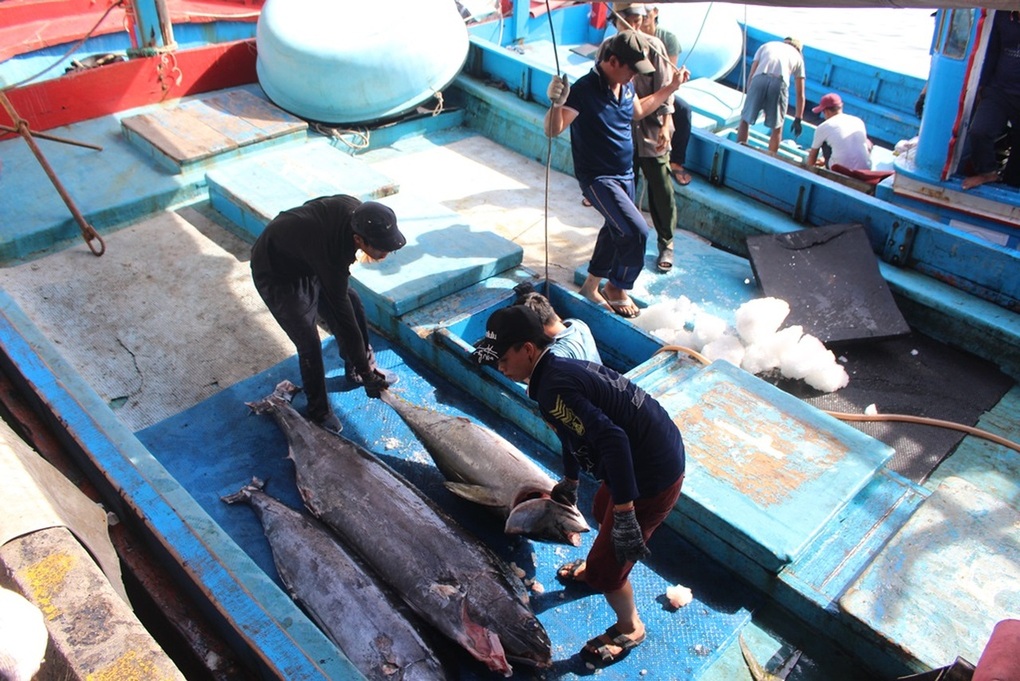
Khanh Hoa fishermen catch tuna (Photo: Viet Hao).
Among the countries participating in the Comprehensive and Progressive Agreement for Trans -Pacific Partnership (CPTPP), tuna exports to major markets have shown signs of improvement. In August, exports to Japan increased by 88%, to Canada remained stable, while to Mexico increased but at a slower rate.
Several emerging markets also saw strong growth, with Russia (up 17.8%), the Philippines (up 72.4%) and Thailand (up 248%) emerging as notable destinations. In contrast, exports to Israel fell 13.2%, reflecting volatile import demand and the impact of geopolitical instability in the Middle East.
VASEP forecasts that tuna exports are likely to recover thanks to increased demand later this year. However, the industry still faces many challenges, including volatile raw material prices, high logistics costs, and competition from major producing countries.
In addition, the recent refusal of the US National Oceanic and Atmospheric Administration (NOAA) to recognize 12 Vietnamese fisheries as equivalent to the Marine Mammal Protection Act (MMPA), including tuna, is also expected to impact Vietnam's tuna exports to this largest market.
Recently, Minister of Industry and Trade Nguyen Hong Dien sent a letter to US Secretary of Commerce Howard Lutnick asking this agency and the National Oceanic and Atmospheric Administration to reconsider this decision.
Minister Dien said the reconsideration of the above decision is to avoid serious disruptions to bilateral trade and protect the livelihoods of hundreds of thousands of Vietnamese fishermen and workers.
Source: https://dantri.com.vn/kinh-doanh/vasep-ca-ngu-viet-nam-dang-dan-mat-loi-the-tai-my-20250917220236873.htm







![[Photo] Binh Trieu 1 Bridge has been completed, raised by 1.1m, and will open to traffic at the end of November.](https://vphoto.vietnam.vn/thumb/1200x675/vietnam/resource/IMAGE/2025/10/2/a6549e2a3b5848a1ba76a1ded6141fae)
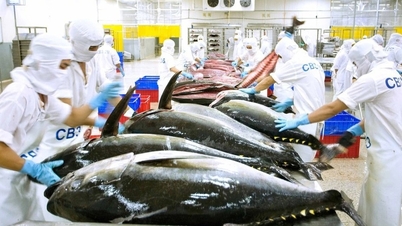
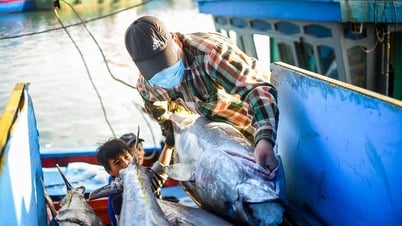

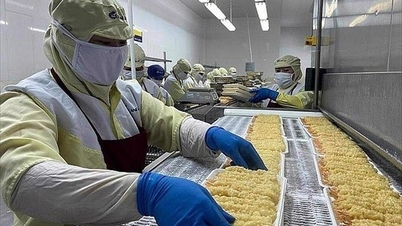

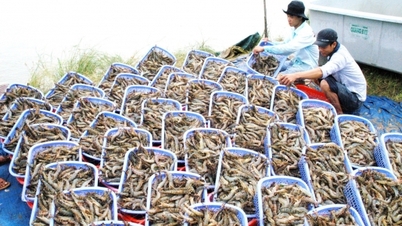



























































































Comment (0)